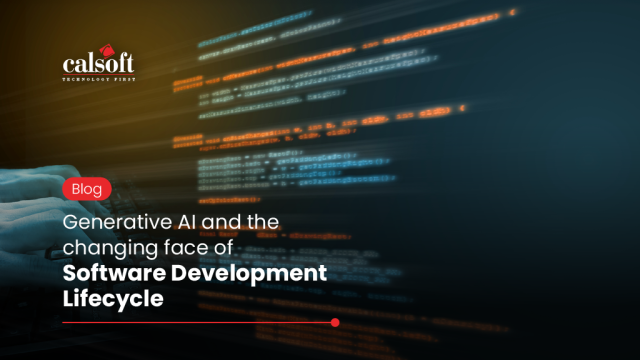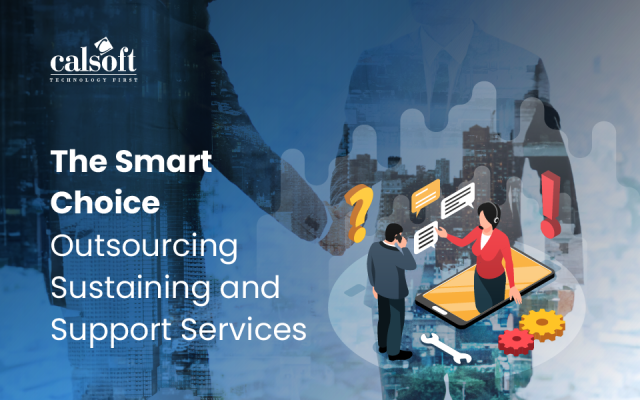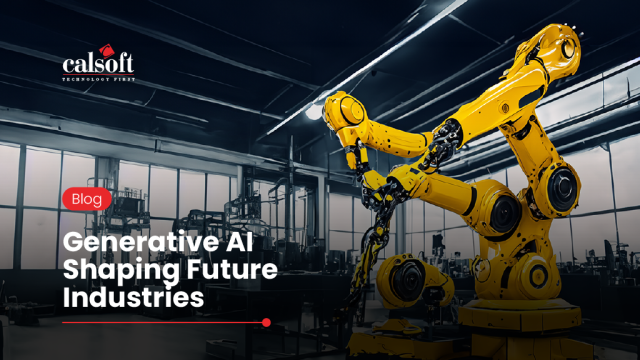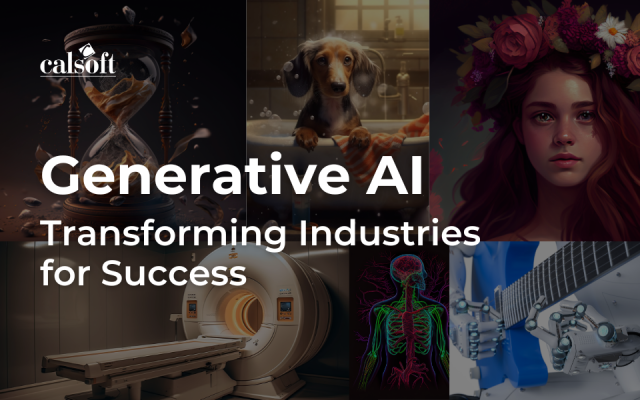Technology has transitioned from being a back-office enabling function of businesses to a key driver of innovation and revenue for even non-tech enterprises. Today, most businesses use technology to deliver the most personalized experiences for their customers, drive operational efficiencies, and enable & empower employee performance. As business processes and workflows become digitized and new revenue models get created, enterprises are becoming more secure in their digital transformation. This is, in turn, making them look for the next powerful technology they can adopt for better results.
From cloud computing to artificial intelligence, this trend of integrating the most emerging tech into mainstream operations has been accelerating. The latest entrant in the list as a preferred mode of new-age application development is serverless computing or Function as a Service (FaaS).
This is a new paradigm of building cloud-native applications where the processing logic and functions are managed by the cloud provider. This gives the application developers the time and freedom to build highly engaging front-end experiences. Nearly half of Amazon Web Services users have adopted AWS Lambda, which is Amazon’s serverless Function as a Service (FaaS). This is a massive figure considering that AWS is the world’s largest cloud service provider.
With so much interest, the obvious question is – will serverless become the de-facto mode for application development?
The answer is increasingly tending to be “yes”.
Let us look at the driving factors making serverless computing more desirable for application development:
Freedom to Innovate
For business applications, customer experience is a core factor in driving adoption and future growth. By utilizing serverless architecture, companies can be free of the hassles of infrastructure management and constraints. They can build innovative experiences that connect to powerful and resilient backend functions offered as services by popular cloud vendors like AWS through APIs. Companies get the freedom to focus on improving their business logic and integrating it with high-performance processing infrastructure available on the cloud.
Faster Development Cycles
With the backend infrastructure out of the equation, app developers can work faster on frontend services and connect them seamlessly to the desired functions provided by their cloud partner. This encourages the agile mode of application development, which allows enterprises to quickly roll out functional applications to the market without having to focus on building the core functionality as it will be embedded in their cloud service to which the app is connected. They can iterate faster and release more often.
Better ROI
With serverless computing, there will be a significant reduction in operational cost as companies do not have to spend time and effort to create powerful backend processing infrastructure and services. Thus, they will be able to realize value from their technology at a faster pace and a lower cost.
Improved Scalability
One of the striking features of serverless computing is that it allows developers to quickly scale applications by simply logging into their cloud account and signing up for more powerful backend services. A couple of keystrokes is all that is needed to use new environments and services needed to boost the performance of a business application. It becomes easier to provision extra infrastructure or technical services. Optimization and orchestration for the backend functions are also easier as these will be done automatically by the FaaS partner.
Integrate AI Faster
Artificial Intelligence and Machine Learning are becoming a key element of every major digital application today. From recommendations to predicting consumer behavior, nearly every major application today boasts of some intelligent features powered by AI services. To build such AI & ML services, businesses must invest heavily in onboarding talent, platforms, and expensive infrastructure to ensure that their AI ecosystem is capable of supporting their digital ambitions. With serverless, this AI capability could be baked in without having to spend time, money, and effort in building the same. Imagine if your video streaming application can use the same natural language processing capabilities as those built by Google for YouTube? This is possible as Google’s Cloud Platform offers these backend functions as services, which your app can easily access through APIs. Serverless will enable better AI integration experiences for developers and will ultimately result in end users getting better products.
Most estimates are that there will be a huge need for businesses to offer seamless on-demand cloud services. With serverless computing, the applications that deliver such experiences can be built faster and more easily. This is why studies predict that the serverless market will witness a year-on-year growth of over 25% from 2020 to 2025 and is the key reason why we believe it will be the de-facto mode of application development in the future.
We have recently introduced Mozaic — our Agile Product Development framework for ISVs & product companies. Write to us to know more about Mozaic and our use cases around application development.






